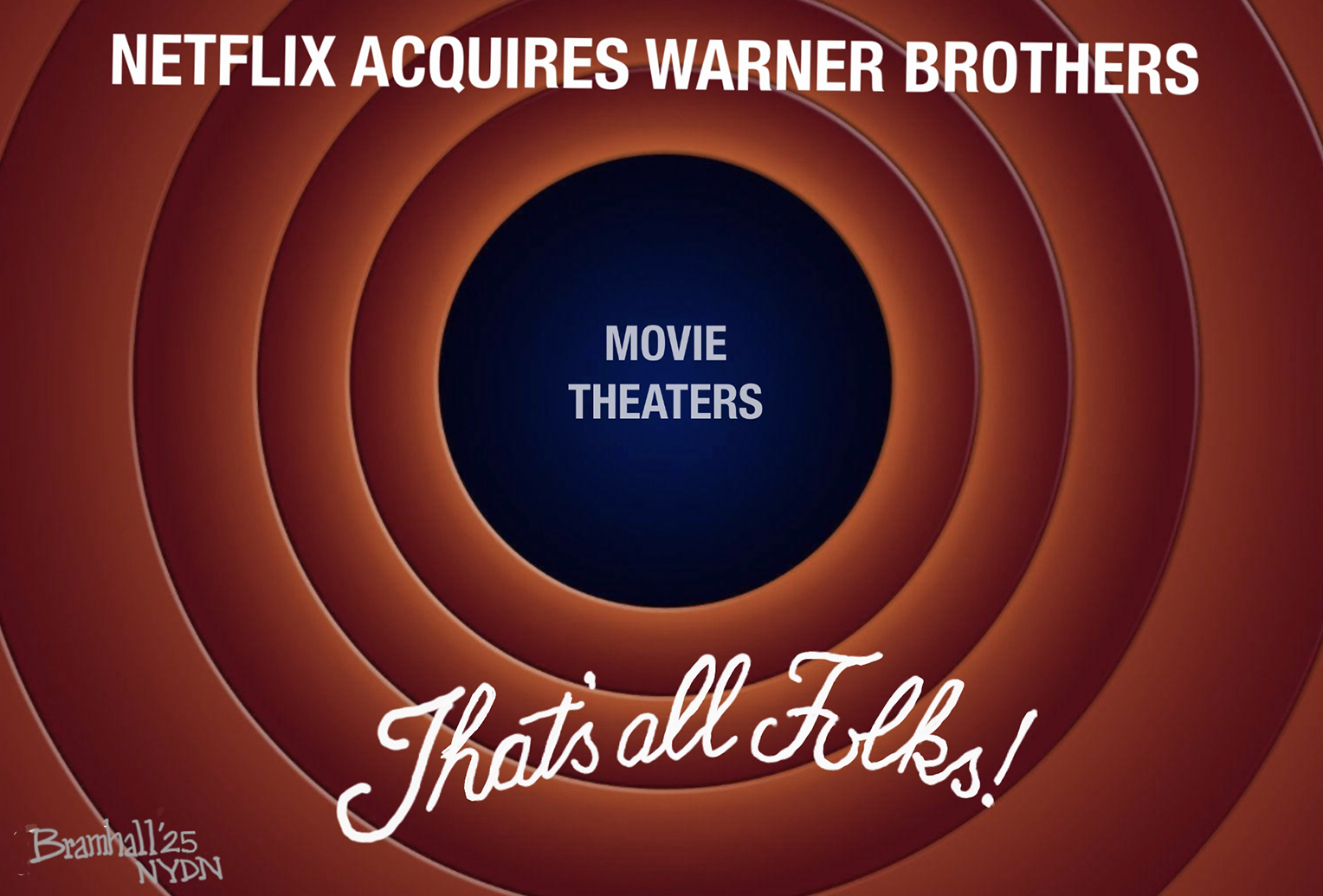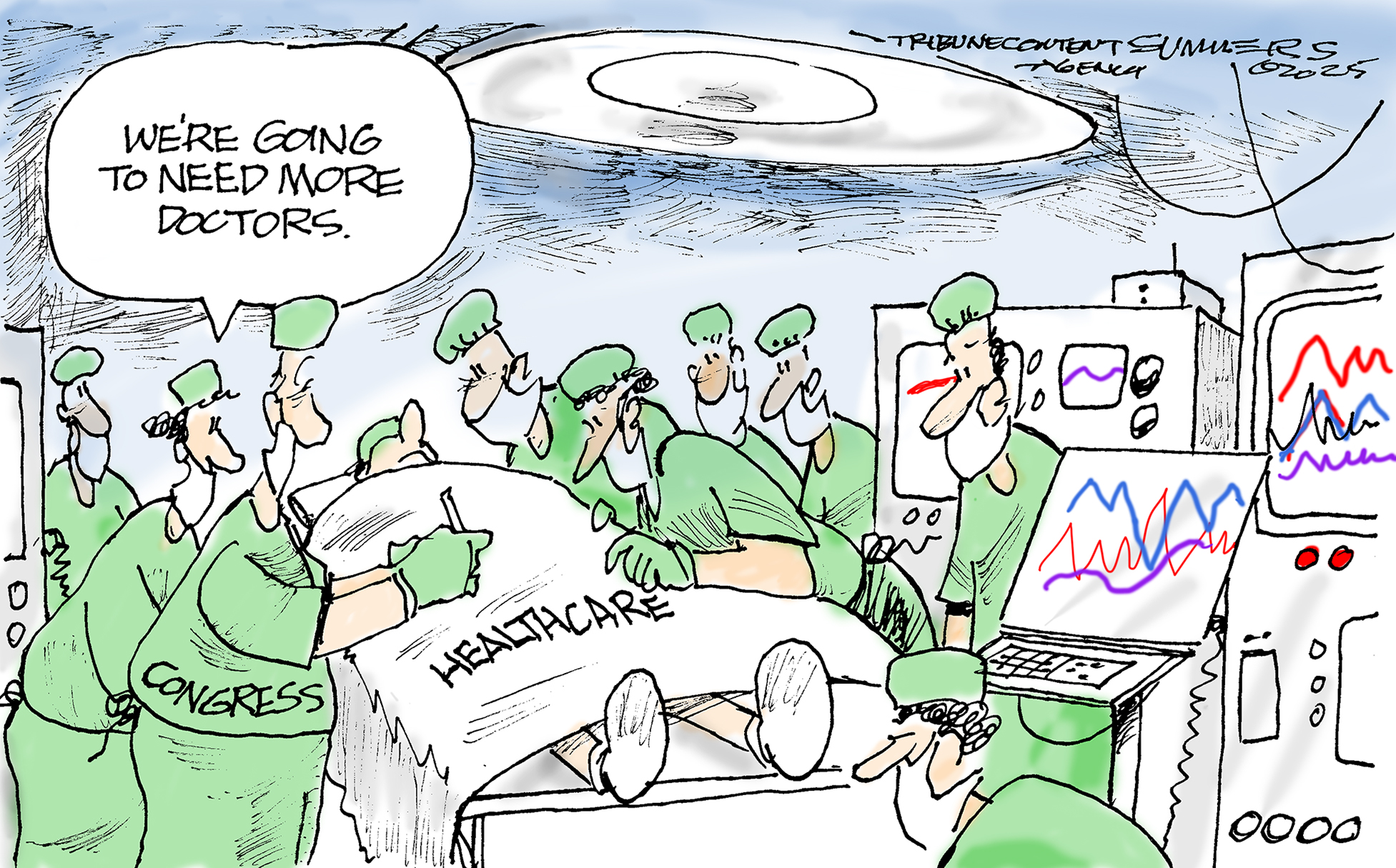Art in the Streets
The Los Angeles Museum of Contemporary Art offers a retrospective of street-art, along with a comprehensive time line that charts the movement's emergence on the subway cars of New York and beyond.
Museum of Contemporary Art, Los Angeles
Through Aug. 8
MOCA’s “revolutionary” street-art retrospective got off to a rocky start, said Shelley Leopold in LA Weekly. Months before the show opened, the museum was widely accused of censorship when it commissioned—and then quickly whitewashed—a street mural that briefly covered an entire wall of its Geffen Contemporary building in Los Angeles’s Little Tokyo. MOCA director Jeffrey Deitch had decided that an image of giant coffins draped with dollar bills was too controversial of a teaser—even for a show about an outlaw art form. Thankfully, Deitch’s missteps ended there, and the resulting show is a “groundbreaking” look at an iconoclastic visual movement that “made its way from the subway cars of New York City to the freight yards of South Texas” and many points beyond.
The Week
Escape your echo chamber. Get the facts behind the news, plus analysis from multiple perspectives.

Sign up for The Week's Free Newsletters
From our morning news briefing to a weekly Good News Newsletter, get the best of The Week delivered directly to your inbox.
From our morning news briefing to a weekly Good News Newsletter, get the best of The Week delivered directly to your inbox.
Visually, the exhibit is a dream, said Sharon Mizota in the Los Angeles Times. “Viewers will encounter a bombastic, near-overwhelming cavalcade of eye candy: colorful swirling murals, immersive installations,” even a custom-designed skate ramp. “But the exhibition’s strong suit is not its impressive array of large-scale work but rather its art historical treatment of an outsider form.” In particular, it’s well worth examining the comprehensive time line upstairs: “It moves briskly from the movement’s beginnings in tagging in New York and Philadelphia in the 1960s, through cholo graffiti in L.A. in the ’70s, and the form’s emergence on the New York gallery scene in the ’80s.” In any case, loitering there beats visiting the exhibit’s re-creation of “a dark, filthy alleyway littered with broken bottles and debris.” Created by the artist Neckface, the installation seems to be an attempt “to shock us by bringing the street into the gallery.” Instead, it comes off as shockingly corny.
A free daily email with the biggest news stories of the day – and the best features from TheWeek.com
-
 5 loony toons about the Warner Bros. buyout
5 loony toons about the Warner Bros. buyoutCartoons Artists take on movie theaters, high quality cinema, and more
-
 Political cartoons for December 13
Political cartoons for December 13Cartoons Saturday's political cartoons include saving healthcare, the affordability crisis, and more
-
 Farage’s £9m windfall: will it smooth his path to power?
Farage’s £9m windfall: will it smooth his path to power?In Depth The record donation has come amidst rumours of collaboration with the Conservatives and allegations of racism in Farage's school days